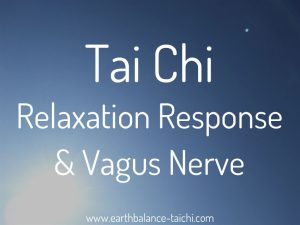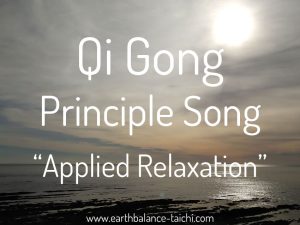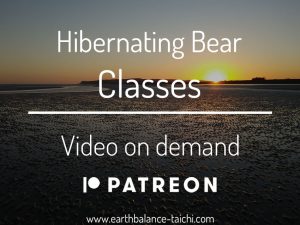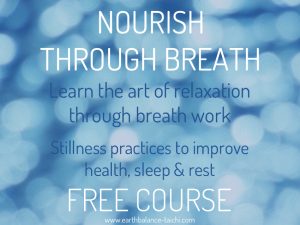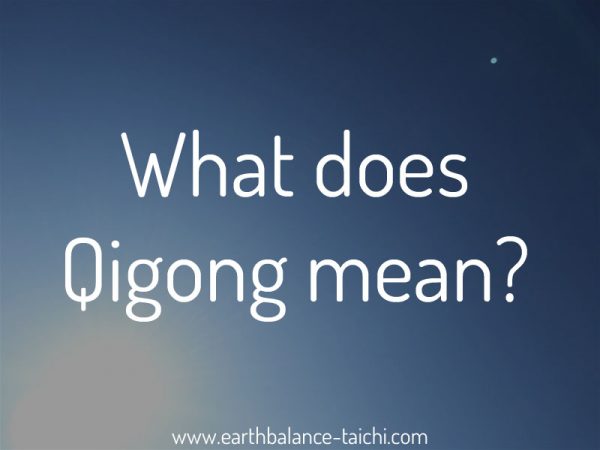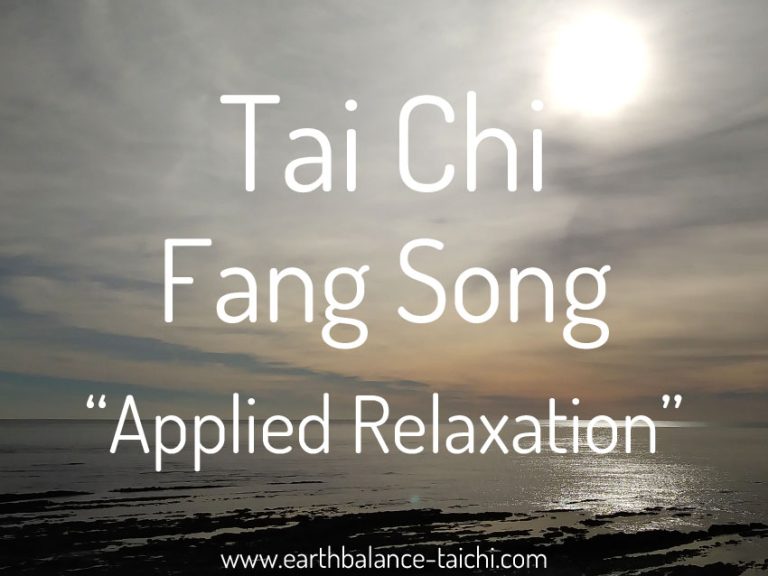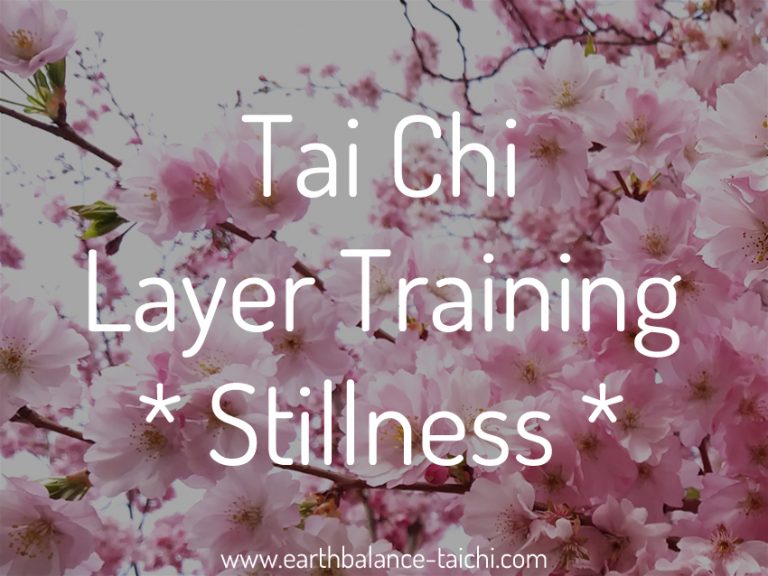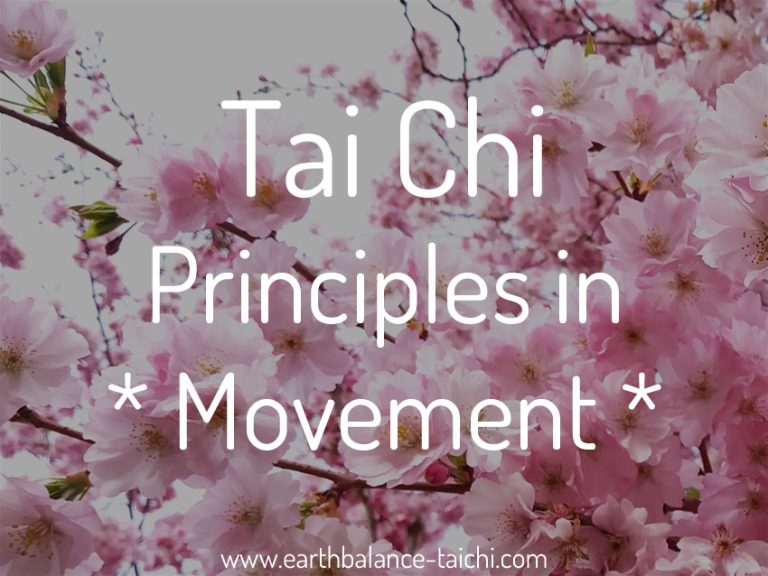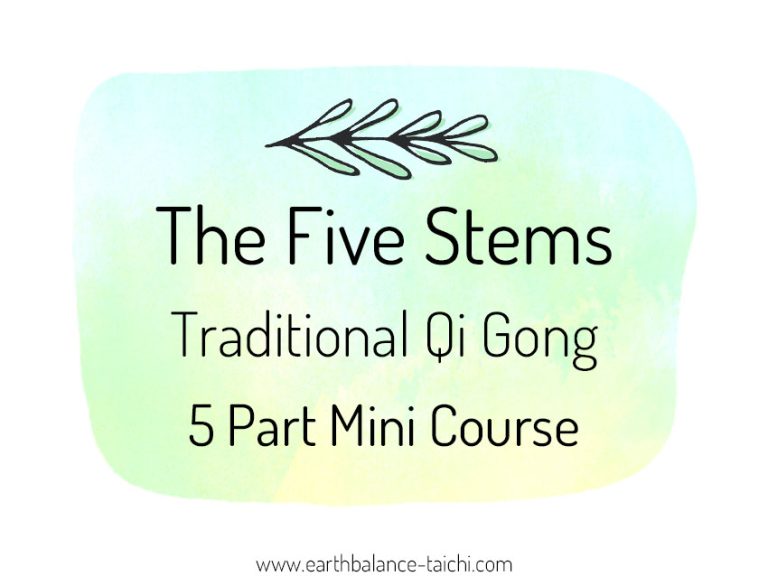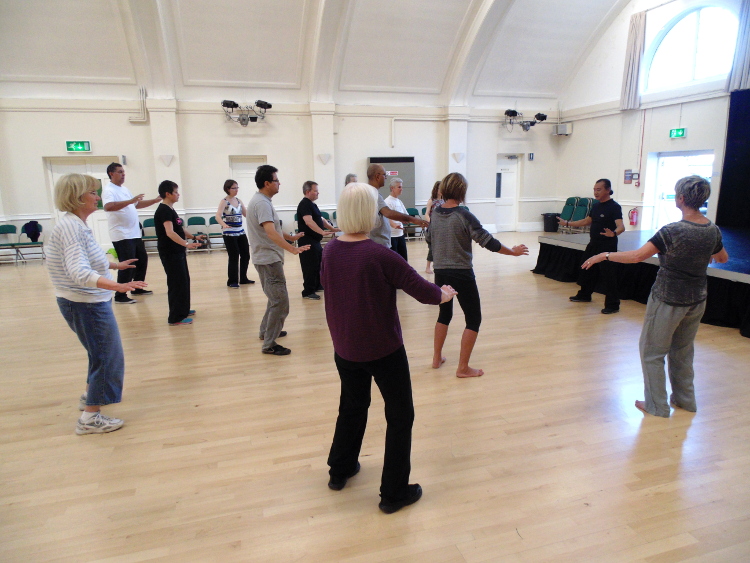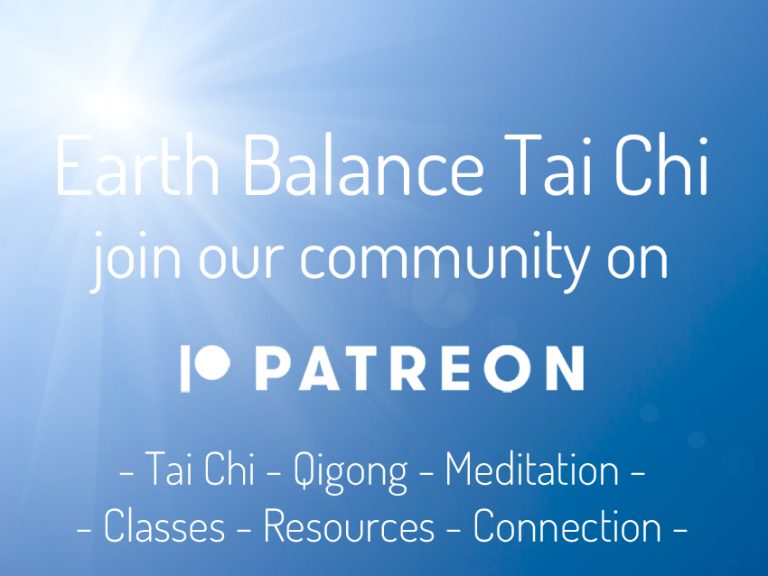The Absence of Resistance
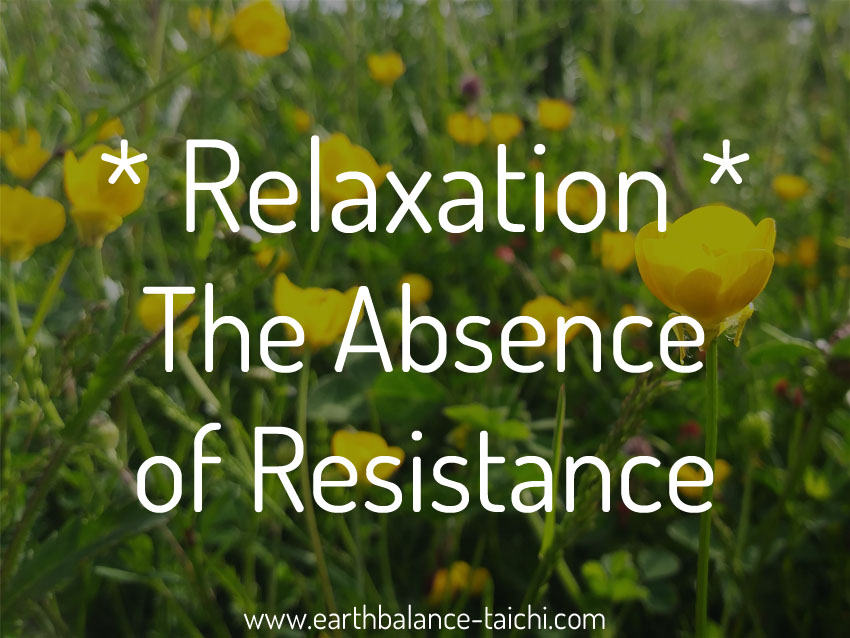
The Absence of Resistance
The meaning of relaxation
Through practice, effort and patience you can learn to release physical and mental tension. This helps to reduce pain and fatigue and increases the ability to cope. We are not designed to live in a tight body, it’s a nasty by product of modern life. What if the tension in your body dropped? Imagine releasing and letting go of unnecessary holding. How would this change your life? How much more energy would you have if you muscles were not chronically working all day every day without an off switch?
What is the meaning of physical relaxation? I teach it as the ‘absence of resistance’.
Resistance = tension, force, push, tight, grip, holding
Neutral = relaxed, resilient, at ease
RELAXATION IN TAI CHI QI GONG
When training Tai Chi and Qi Gong, one of the most important principles is ‘fang song’ or ‘song’, which roughly translates to applied relaxation. The caveat is this does not mean collapsed or floppy. Learning to release physical tension and equalize the muscles is vital to your development. To find out more about the principle fang song, please read my article which discuses how this underpins all Tai Chi and Qigong practice.
PHYSICAL RELAXATION
How do you truly relax the physical body and how do you achieve song? First we look at how we relax our physical bodies. Try these techniques as an exploration exercise. Use the Buddhist breathing technique, breathing naturally and deeply into the abdomen for these techniques. The longer your inhales and exhales, the more you will be able to relax. Take note, the smile is the gateway to relaxation, read more here.
Technique 1
1. Clench your fist and relax it physically.
Tighten the muscles with force, clench and then let go, release and soften the muscles. This is a left brain activity, using the cognitive part of your brain to perform a physical action.
2. Clench your fist and relax it with your imagination.
This is a right brain activity, using the creative part of the brain to imagine relaxation, softening and release whilst you are physically contracting and tightening your muscles.
3. Clench your fist and relax your response to the tension.
This is a right brain activity, using the feeling part of the brain to soften any emotions and reactions that may come up whilst you are physically contracting and tightening your muscles.
Technique 2
Now let’s upgrade this technique to a part of the body where many people have chronic tension, the shoulders. Let’s work to change that. Choose one or both shoulders to explore
1. Left brain relaxation (cognitive).
Physically drop the tension in your shoulders, an active physical movement. Release any holding, allowing the shoulder blades to lower down the back over the ribs. The trap muscles physically move downwards as you release any holding on or tightening. The elbows become heavy to help this releasing motion. This technique helps you to sense and release tension.
2. Right brain relaxation (creative).
Use your imagination to will tight areas to relax. Imagine them relaxing, softening and releasing downwards more than they have physically. Imagine the shoulders warm, soft and fluid like being bathed in soothing warm water. This only works if heat is your go to for relaxation e.g. if you enjoy a hot bath, heat pad etc. Some people find cool water has a relaxing and releasing effect. Use whichever temperature of water assists your imagination. You can also visualise a warm light filling the area and radiating warmth to help relaxation. This technique helps you to sense and release tension on a deeper level. Closing your eyes will help you disengage from the left brain.
3. Right brain relaxation (response).
Any residual physical tension that you cannot cognitively relax, nor creatively relax, let go of your reaction to not being able to go deeper into relaxation. Release the mind of expectation, soothe your emotional response, calm any reactions, soften your thoughts and release the body from performing. If any emotions, thoughts or feelings come up through these relaxation practices, observe them, acknowledge them and allow them to pass by. Be mindful and curious of what comes up, yet stay neutral in your response to them. Avoid letting them jolt you out of the relaxation practice. When your mind gaps and thoughts come in, refocus and return to the practice. This technique helps you to sense your emotional energy. Closing your eyes will help you disengage from the left brain.
Technique 3
Use each technique and hold a single point of focus for a duration of time. It looks the same from outside looking in, yet your internal focus changes. Choose one tense part of your body, an area that for you personally is your troublesome spot. Sit or lay down in stillness. Go through the three relaxation techniques in sequence, perhaps spending a few minutes on each. Observe how you feel during each stage and afterwards. With practice over time, you may find it easier to reach a deeper level of relaxation.
- physical relaxation
- creative relaxation
- response relaxation
Technique 4
This practice can extend to the progressive relaxation exercise known as whole body scanning. Starting from about an inch above the crown of your head, scan down the body to about an inch beyond the extremities using one layer of the technique. The downward flow of awareness is similar to the flow of water running down the body. In Taoist philosophy this motion has a cooling and grounding effect on the body, nourishing the yin essence and cooling heart fire (stress). With any areas where you are holding a lot of tension, you can spend more time on these spots before moving on. Alternatively you can scan down the body over a slow and sequential duration.
Pain within your Practice
If you experience pain when focusing on an area, connect to you breathing and soften the pain as you inhale. Use the creative technique to soothe and comfort your pain. Use the exhale to dissipate the pain and imagine the pain leaving your body. You can also explore the pain during the physical, creative and response techniques, observing what comes up during each stage and responding in a neutral way. Do not attempt to squash or restrict pain, the same with emotions, observe, acknowledge and release.
Learning to Relax
Learning to truly relax the body is difficult, It is sometimes given the name ‘hard relaxation’, as it takes time, practice, observation, awareness and effort. You could be holding chronic physical tension that has developed over many years, even decades. It’s not an easy process to retrain, as your body will revert to tension, your habitual posture and inappropriate muscular contraction when you are distracted.
Think again about the shoulders, it’s common to see people with overactive shoulder muscles, their trap muscles are up by their ears, usually with no idea of how their posture behaves in that moment. Whenever we feel stressed or run down, we carry the weight of our mental worries in the same troublesome physical spot. For some it’s a tight lower back, or hips etc. We all have that ‘go to’ tense spot in our bodies.
Imagination
Where the mind goes the qi flows. There is a seed of truth in this phrase. By using the creative/feeling brain, the right brain, we can alter the perception and experience of physical tension and we can alter our response to the tension. Our imagination is very powerful and has been used for thousands of years in Taoist, Buddhist and shamanic practices.
Training the Techniques
These techniques help to release physical tension across three main layers. You can choose any part of the body to apply the technique to, by focusing on one muscle or joint or area whilst in stillness. You can also train the body as a whole, either sitting, lying down or standing, whilst maintaining a well aligned posture and applying release to the muscles, with the physical, creative or feeling techniques. Progressing onwards, you can train the method during your Tai Chi and Qi gong movements, only when you are familiar with the movements and choreography. These techniques help create a neutral state, the absence of resistance.
MENTAL RELAXATION
The absence of resistance also applies to our mind, our emotional and psychological self.
The foundation of Tai Chi as a martial art is not to use aggressive force to fight and we don’t strike first. Instead we “give up ourselves and follow others”. This means we use the momentum and body weight of our opponent as they strike to exploit their momentum and to uproot their centre line. Our power in Tai Chi comes from that rebound, a place where there is no resistance. In essence, we avoid fighting with another fight.
This concept stems from Taoist philosophy and can be applied to our own inner conflict. An example of inner conflict is when you experience negative thoughts and you try and meet this head-on, you try to control it, stop it or force it to change. In most cases this is a losing battle. This will only strengthen the experience and create more conflict. Then your stressful mind will lead the body into a stressful state. Negative emotions or feelings that you churn through about the past or the future cause a negative physiological reaction, even though the threat is not present. This sounds like a lot of unnecessary stress and tension.
Instead of trying to think your way through mental tension, emotion and stress, feel your way through it instead. By training the body to relax and release physical tension, this sneaks around the back and tricks our thinking brain. A by-product of training the physical body into a relaxed and released neutral state, is that the mind follows and relaxes in unison with the body. This is part of the “mind body connection”. The result is a neutral mind and body state which is essential for healing, health, happiness and longevity. This neutral state is the absence of resistance.
Daily Life
Over time, with applied effort by training the physical body to consciously relax which becomes subconscious through muscle memory repetition. By developing the skill of body awareness, you gain sensitivity to how your body is feeling at any given moment. You will then be able to sense tension when it arises and be able to release it. This comes into play when you are working, driving, shopping etc.
